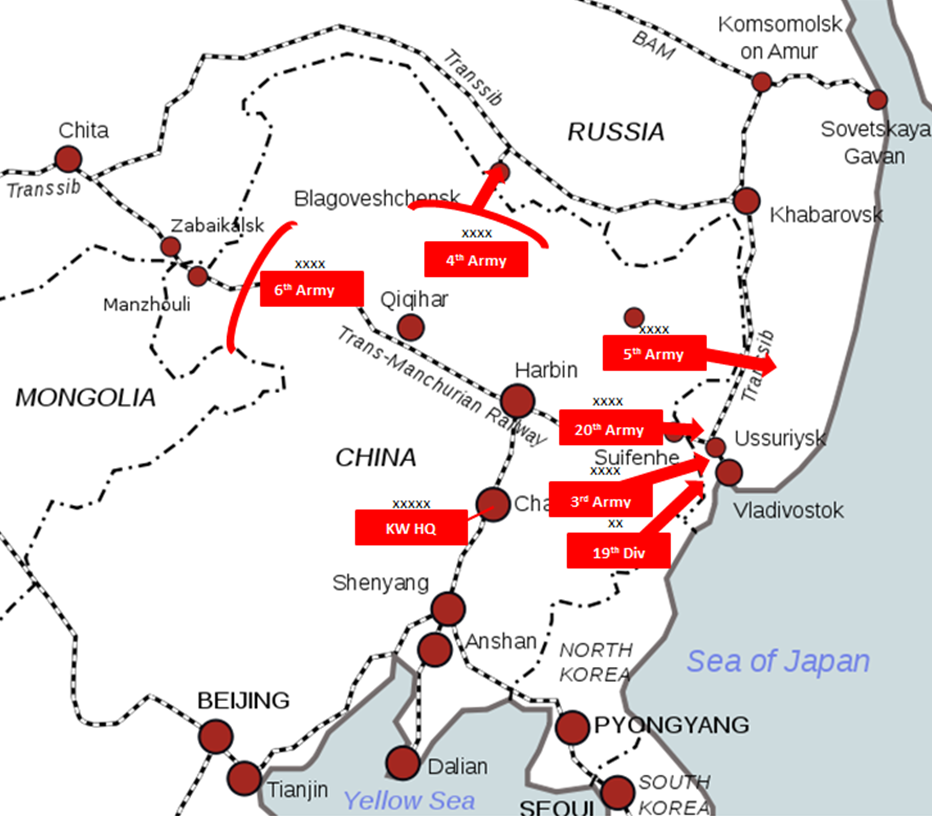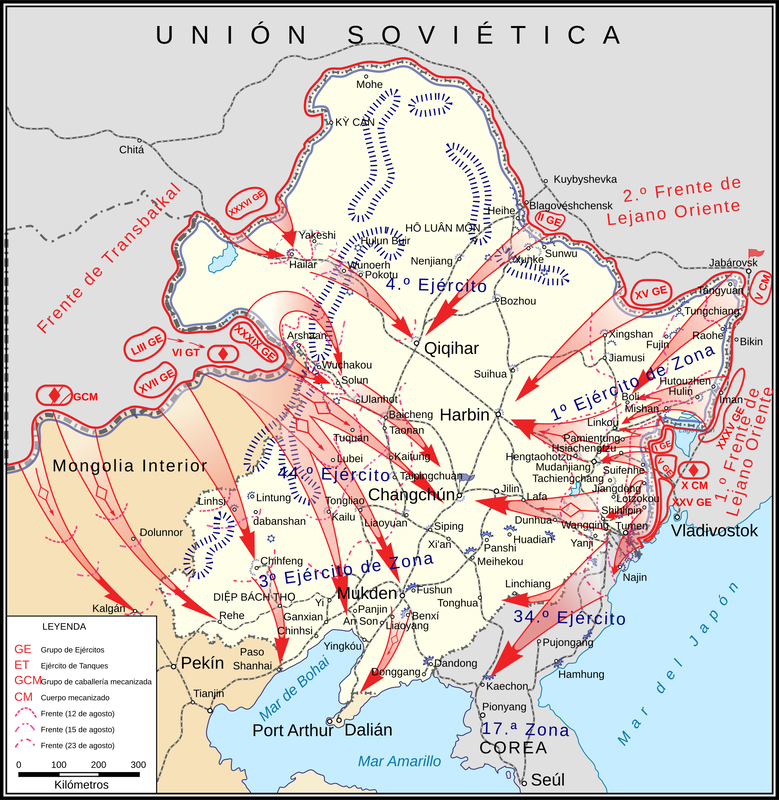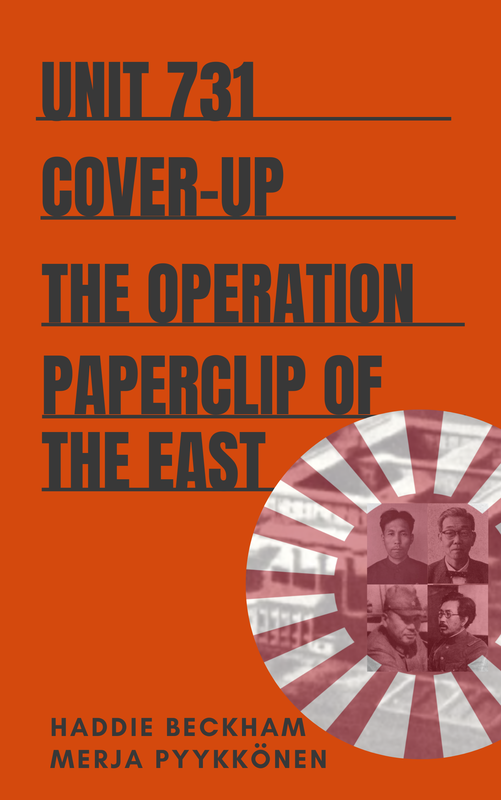- Home
- Stories
-
Internship
- Summer 2024 Internship
- Summer 2023 Internship
- Fall 2022 Internship
- Summer 2022 Internship
- Summer 2021 Internship
- Fall 2020- Spring 2021 Internship
- Summer 2020 Internship
- Fall 2019 Internship
- Summer 2019 Internship >
- School Year 2018-2019 Internship
- Summer 2018 Internship >
- Fall 2017 Internship
- Summer 2017 Internship >
- Books
- Archives
-
Resource Page
-
Supplementary Research Guides
>
- Unit 731 - Guide >
-
Philippines' Resistance - Guide
>
- Philippines World War II Timeline
- The Japanese Invasion & Conquest of the Philippines
- Bataan Death March
- Formation of Underground Philippines Resistance
- Supplies of the Guerrilla Fighters
- The Hukbalahap
- Hunter's ROTC
- Marking's Guerrillas
- United States Army Forces in the Philippines of Northern Luzon (USAFIP-NL)
- The Aetas
- Chinese and Filipino-Chinese Nationalist Guerrilla Units
- The Female Faces of the Philippine Guerrillas
- Rising Sun Flag - Guide >
- Pinay Guerrilleras - Guide >
- Fall of Singapore - Guide >
- Three Years and Eight Months - Guide >
- Siamese Sovereignty - Guide >
- The Khabarovsk War Crimes Trial - Guide >
- Unit 731 Cover-up : The Operation Paperclip of the East - Guide >
- Marutas of Unit 731 - Guide >
- Prince Konoe Memoir - Guide >
- Competing Empires in Burma - Guide >
- Battle of Shanghai - Guide >
- Ishi Shiro - Guide >
- Taiwan The Israel of the East - Guide >
- Seeking Justice for Biological Warfare Victims of Unit 731 - Guide >
- Rice and Revolution - Guide >
- Clash of Empires - Guide >
-
Hunger for Power and Self-SufficiencyI - Guide
>
- The Influence of War Rations on Post-War Culinary Transformations
- How World War II Complicated Food Scarcity and Invention
- American Military Innovations
- Government-Sponsored Food Inventions in Europe during World War II
- Feeding the Army: The Adaptation of Japanese Military Cuisine and Its Impact on the Philippines
- Mixed Dishes: Culinary Innovations Driven by Necessity and Food Scarcity
-
Denial A Quick Look of History of Comfort Women and Present Days’ Complication - Guide
>
- The Comfort Women System and the Fight for Recognition
- The Role of Activism and International Pressure
- The Controversy over Japanese History Textbooks
- The Sonyŏsang Statue and the Symbolism of Public Memorials
- Activism and Support from Japanese Citizens
- The Future of Comfort Women Memorials and Education
- Echoes of Empire: The Power of Japanese Propaganda - Guide >
- Lesson Plans >
-
Supplementary Research Guides
>
The East Conference & Invasion of Manchuria
Japan’s Kantokuen plan in 1941 further supports the thesis that Unit 731 and Unit 100 were created, not solely but in part, in order to prepare bacteriological weapons to use in an invasion of the USSR. Kantokuen was an operational plan created by the General Staff of the Imperial Japanese Army and approved by Emperor Hirohito for an invasion and occupation of the far eastern region of the USSR, capitalizing on the German Army’s invasion of the USSR in June 1941. Kantokuen involved a three-step readiness phase followed by a three-phase offensive to isolate and destroy the Soviet Army and occupy the eastern Soviet cities in no more than six months. The plan involved a heavy use of chemical and biological weapons.
A map outlining the initial Japanese offensive moves against the Soviet Union, with final objective being a line that ran along the western slope of the Greater Khingan Range
Kantokuen was never deployed against the USSR. Even as the build up stage of Kantokuen was underway, external conflicts with outside powers, one military against China and the other economic against the United States and its allies, continued to drag on. At about this time, both Hideki Tojo and the Emperor pulled their support in regard to an invasion of the USSR. While both supported a reinforcement of troops in Manchuria, neither were willing to engage in military hostilities. As Japan began to face issues with the British, the Dutch, French, and Americans in Southern Asia, especially after the US implemented an embargo on Japan on August 1, attention shifted to approve of Japan’s new destructive war in the south.26 Japan did not abandon all plans to attack the USSR, however. For example, through 1942 extensive reconnaissance of the border region was conducted while detailed maps were created indicating targets of opportunity for biological warfare.
The End of WWII and Liquidations of Units 731 and 100
On August 9, 1945 the Soviet Union officially declared war on Japan, and the Red Army moved into Japanese-occupied Manchuria. In response to the Soviets’ declaration of war, the Japanese government in Tokyo ordered that all the research facilities in Manchuria be destroyed to erase all incriminating material. Unit 100, located just south of Changchun, and Unit 731, located in the cluster of villages known as Ping Fan, had carried out some of Japan’s most horrific war crimes during World War Two.
Soviet gains in North East Asia, August 1945
The news of the Red Army’s invasion of Manchuria forced General Shiro Ishii, the head of Unit 731 and one of the main instigators of Chemical and Bacteriological warfare research, to order the destruction of the research facilities. A skeleton crew began the liquidation of Unit 731 on either August 9 or 10, while the rest of Unit 731 evacuated. All test subjects, who had been held prisoner, were killed and cremated so no remains would remain. The design of the facilities, however, made them hard to destroy by bombing, and several remains of the building were left standing when the Soviets arrived.
Related Book
Unit 731 Cover-up :
|
|
Pacific Atrocities Education
730 Commercial Street San Francisco, CA 94108 415-988-9889 |
Copyright © 2021 Pacific Atrocities Education.
We are a registered 501 (c)(3) charity. |
- Home
- Stories
-
Internship
- Summer 2024 Internship
- Summer 2023 Internship
- Fall 2022 Internship
- Summer 2022 Internship
- Summer 2021 Internship
- Fall 2020- Spring 2021 Internship
- Summer 2020 Internship
- Fall 2019 Internship
- Summer 2019 Internship >
- School Year 2018-2019 Internship
- Summer 2018 Internship >
- Fall 2017 Internship
- Summer 2017 Internship >
- Books
- Archives
-
Resource Page
-
Supplementary Research Guides
>
- Unit 731 - Guide >
-
Philippines' Resistance - Guide
>
- Philippines World War II Timeline
- The Japanese Invasion & Conquest of the Philippines
- Bataan Death March
- Formation of Underground Philippines Resistance
- Supplies of the Guerrilla Fighters
- The Hukbalahap
- Hunter's ROTC
- Marking's Guerrillas
- United States Army Forces in the Philippines of Northern Luzon (USAFIP-NL)
- The Aetas
- Chinese and Filipino-Chinese Nationalist Guerrilla Units
- The Female Faces of the Philippine Guerrillas
- Rising Sun Flag - Guide >
- Pinay Guerrilleras - Guide >
- Fall of Singapore - Guide >
- Three Years and Eight Months - Guide >
- Siamese Sovereignty - Guide >
- The Khabarovsk War Crimes Trial - Guide >
- Unit 731 Cover-up : The Operation Paperclip of the East - Guide >
- Marutas of Unit 731 - Guide >
- Prince Konoe Memoir - Guide >
- Competing Empires in Burma - Guide >
- Battle of Shanghai - Guide >
- Ishi Shiro - Guide >
- Taiwan The Israel of the East - Guide >
- Seeking Justice for Biological Warfare Victims of Unit 731 - Guide >
- Rice and Revolution - Guide >
- Clash of Empires - Guide >
-
Hunger for Power and Self-SufficiencyI - Guide
>
- The Influence of War Rations on Post-War Culinary Transformations
- How World War II Complicated Food Scarcity and Invention
- American Military Innovations
- Government-Sponsored Food Inventions in Europe during World War II
- Feeding the Army: The Adaptation of Japanese Military Cuisine and Its Impact on the Philippines
- Mixed Dishes: Culinary Innovations Driven by Necessity and Food Scarcity
-
Denial A Quick Look of History of Comfort Women and Present Days’ Complication - Guide
>
- The Comfort Women System and the Fight for Recognition
- The Role of Activism and International Pressure
- The Controversy over Japanese History Textbooks
- The Sonyŏsang Statue and the Symbolism of Public Memorials
- Activism and Support from Japanese Citizens
- The Future of Comfort Women Memorials and Education
- Echoes of Empire: The Power of Japanese Propaganda - Guide >
- Lesson Plans >
-
Supplementary Research Guides
>


